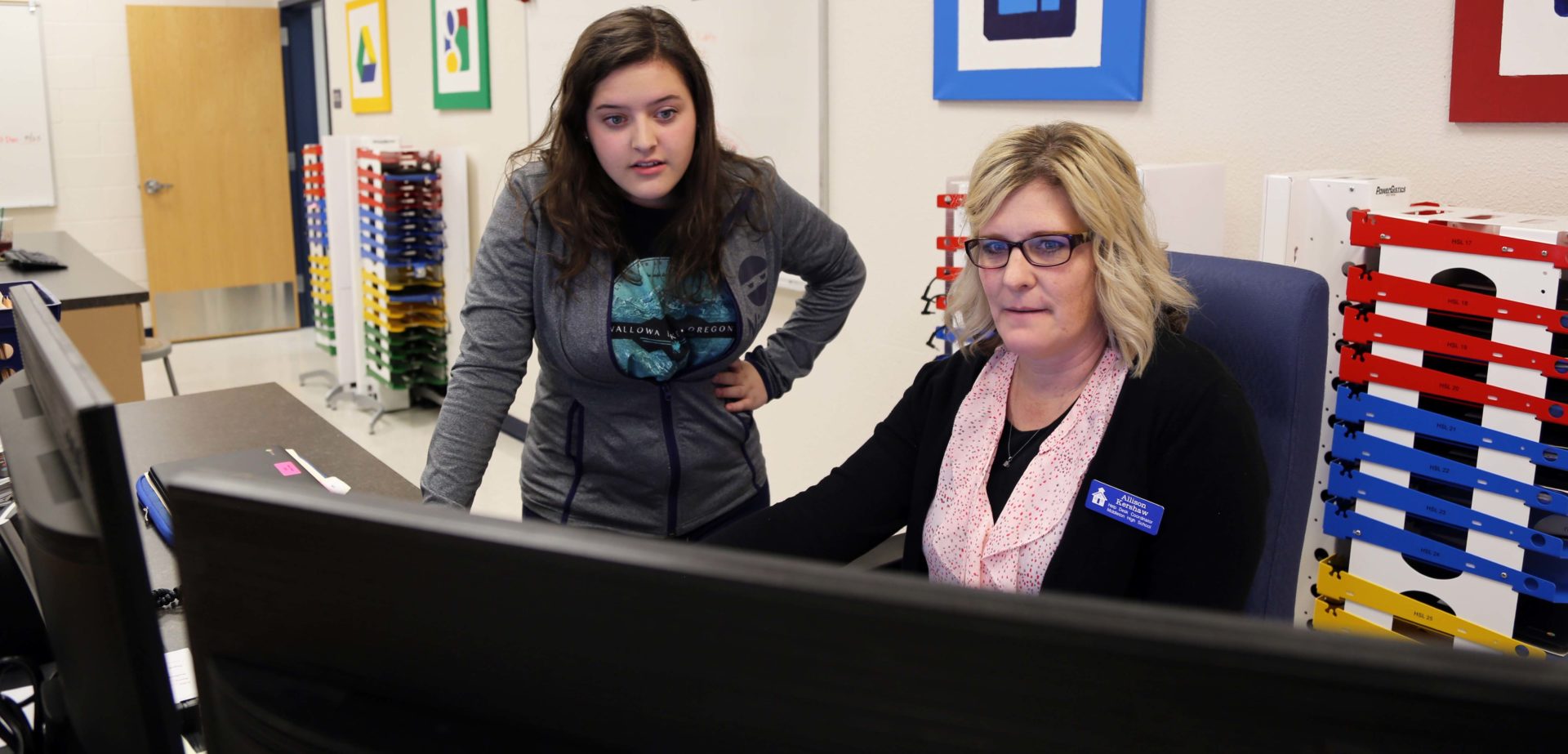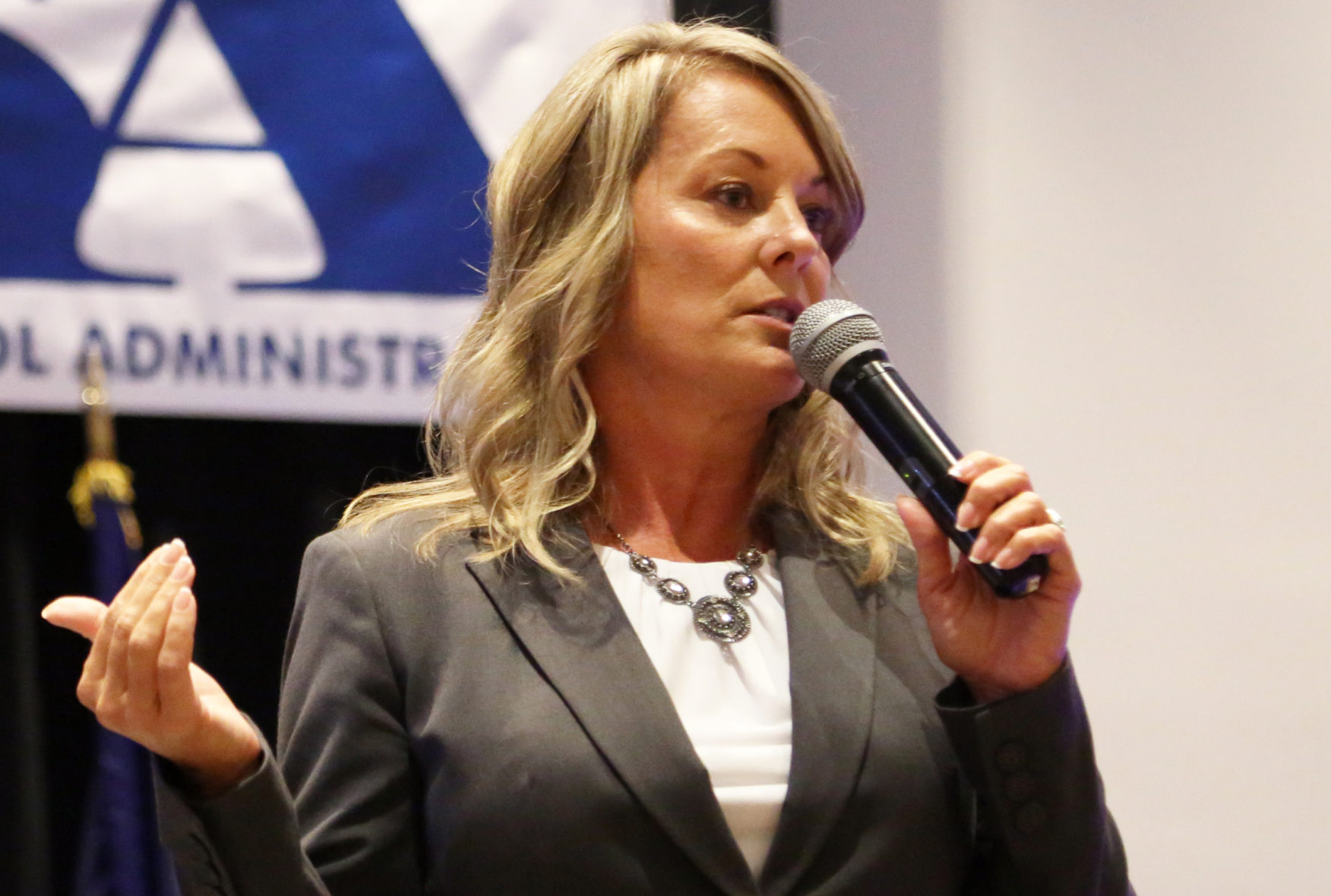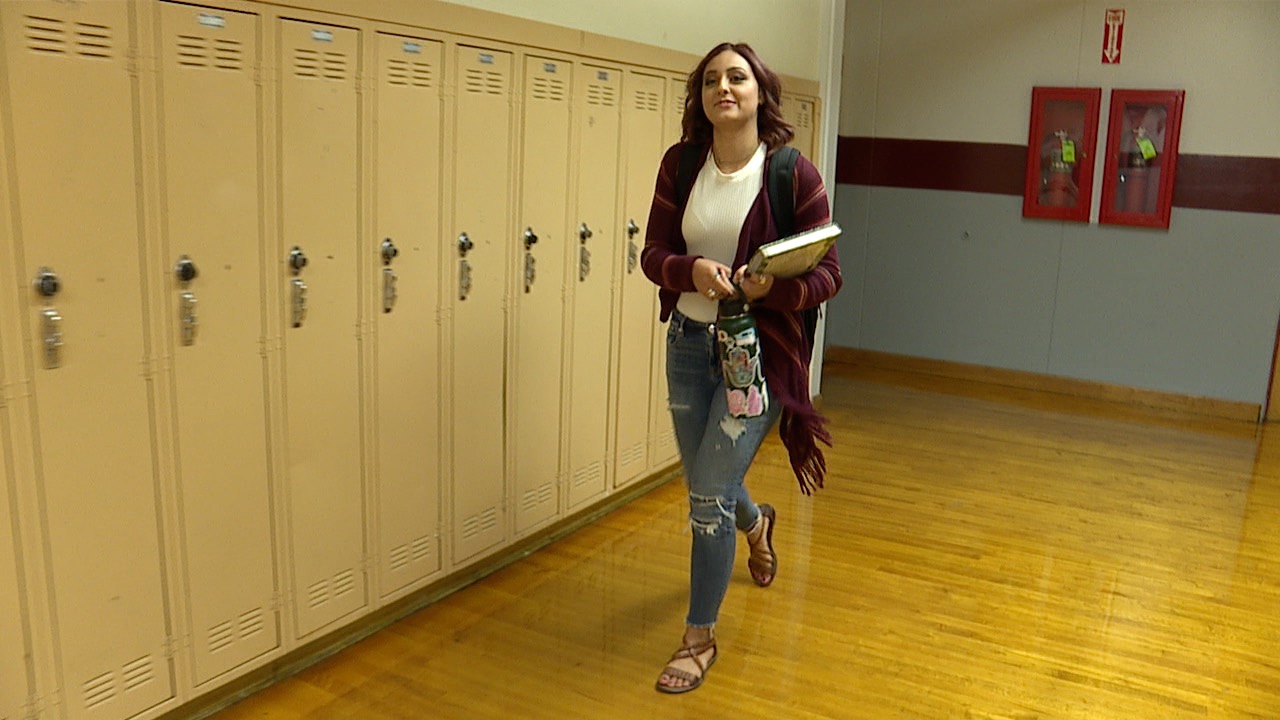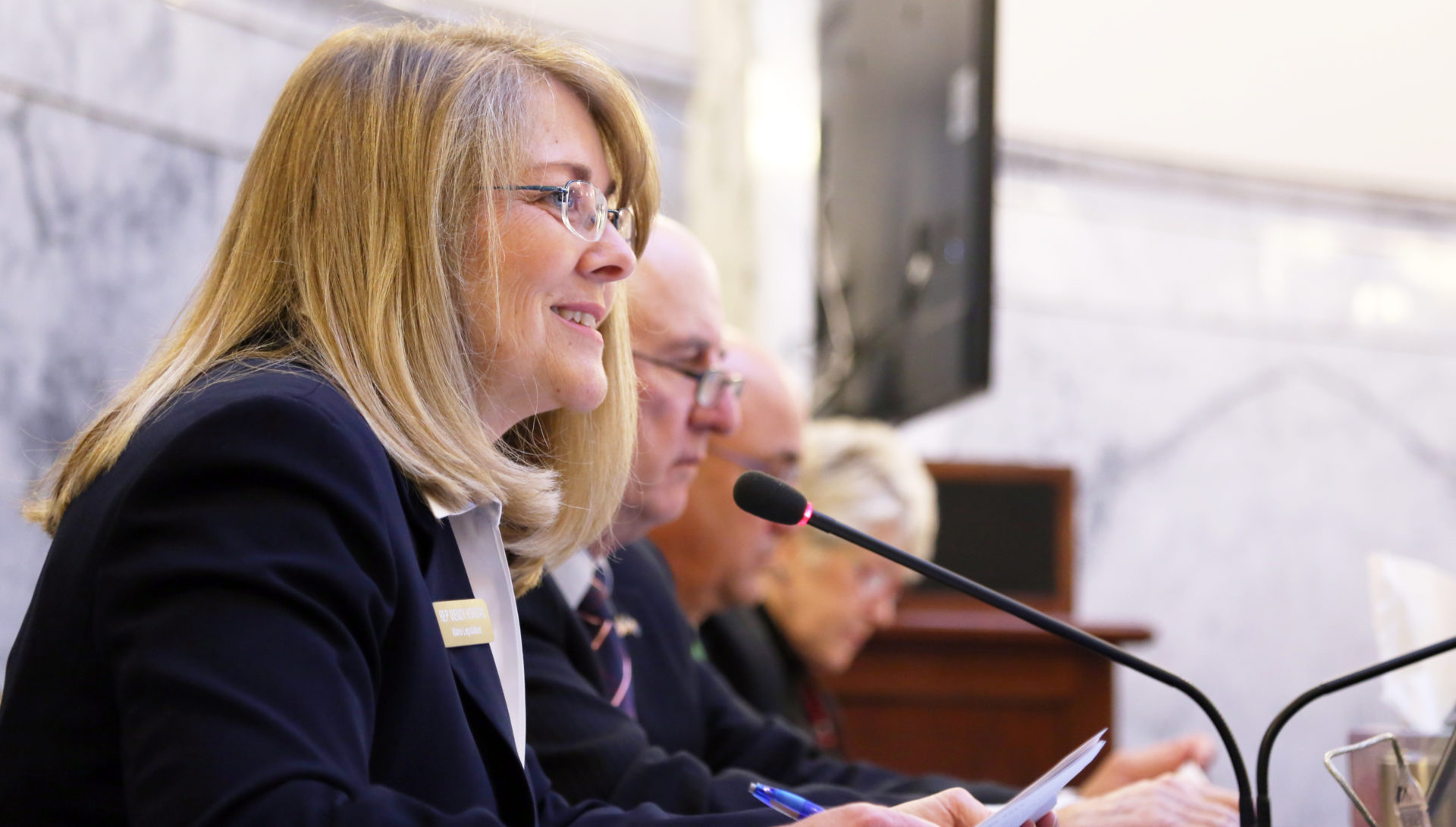Idaho has folded $21 million into a career and college advising program — but there’s no telling where all this taxpayer money has gone, or whether it is helping students.
Much of the money has gone into the program’s stated purpose. School districts and charter schools have hired advisers to help high school students plan their future.
But schools can use the money any way they choose. Some schools have used the money to send students and chaperones to college fairs and campus tours. Some money has gone for snacks or swag for events designed to get students thinking about life after high school. The Kuna School District put nearly $29,000 into a marketing campaign.
Other schools haven’t even reported where they spent their money. And they don’t have to. When lawmakers decided to start funding the program, they didn’t want to know where the money was going.
Three years later, these same lawmakers finally want some answers about the money, and the impacts.
The program at a glance
The 2015 Legislature created the college and career advising program, and started funding the program the following year. The budget has increased steadily — from $5 million in 2016-17 to $7 million in 2017-18 to $9 million this year.
The program is part of a larger campaign to encourage high school graduates to continue their education. Since 2013-14, lawmakers have spent more than $133 million on a series of initiatives, from scholarships to the advanced opportunities program that pays students to take dual-credit college-level classes.
The idea, with this program, is to put more advisers into high schools. The advisers are supposed to help students navigate the process of choosing dual-credit classes, applying for colleges or career-technical programs and securing scholarships or loans. At least indirectly, this program is also supposed to address Idaho’s chronic shortage of school counselors.
But by design, the law is optional. It says districts and charters “may” hire noncertified staff to work as advisers and student mentors. They aren’t required to use the state’s money to hire staff.
Still, the state’s budget documents describe a budget line item that pays for advisers and mentors. That doesn’t tell the whole story.
Where does the money really go?
To answer this question, Idaho Education News reviewed 229 reports and budget spreadsheets — documents districts and charters submitted last year to the State Board of Education.
The required reports outline schools’ plans to help eighth- through 12th-graders and how the schools measure success. Most reports explain where the money goes, at least to some extent.
In 2017-18, districts and charters took very different approaches to spending their share of the $7 million.
The majority of schools appeared to emphasize staffing. West Ada used more than two-thirds of its money to fund nearly nine full-time positions. Boise spent nearly 90 percent of its money on eight full-time positions. Even some small districts focused their limited dollars on staffing; in sprawling Idaho County, the Cottonwood and Salmon River districts received $10,000 apiece, and spent it all on personnel.

But elsewhere in Idaho County, the Mountain View School District spent less than half of its $35,330 on staffing. The district spent $12,000 sending students and chaperones on college trips, a common expenditure in many districts. The Cascade district received $7,000, and put every dollar into student travel.
At least two dozen districts and charters put less than half of their money into personnel. Many of these districts and charters, such as Cascade, received only a few thousand dollars, not enough money to cover a full-time position. “It often limits what they can do vs. what they’d like to do,” said Tracie Bent, the State Board’s chief planning and policy officer.
The budget reports also illustrate a variety of approaches to the job of helping students sort out their future.
Murtaugh spent $120 to bring in an interpreter for meetings with Spanish-speaking parents. Aberdeen spent $400 to rent textbooks for students taking dual-credit classes. The iSucceed Virtual Charter School spent $900 for t-shirts for students attending college tours — 50 shirts, at $18 apiece. The tiny Swan Valley Elementary District set aside $1,000 for a motivational speaker.
The Kuna district said its $28,862 marketing campaign was designed to tell parents and students that one size does not fit all.

“This campaign will provide students and parents with more concrete information to help us change our community’s culture to one of understanding that postsecondary education is available to all in many different styles — apprenticeships, technical college, military, community college and university,” the district said in its report to the State Board.
State superintendent Sherri Ybarra declined to be interviewed for this story. But in a prepared statement, she didn’t second-guess the local spending decisions.
“I’m not surprised there are different approaches,” Ybarra said. “Local districts know their students’ needs best, and the law gives them that flexibility.”
Holes in the data
Some financial reports are vague.
Others are nonexistent.
As a result, there is no way to say exactly how much of the 2017-18 money went into staffing, student travel, training or supplies.
Legislators wanted it this way. When the State Board wrote up rules to govern the new program, lawmakers rejected wording that would have required schools to submit a financial report.
Most schools do submit budget reports, but they do so voluntarily.
“It puts us in a hard place to get a really straight answer,” Bent said.
Two anecdotes
Like West Ada and Boise, their larger neighbors to the east, Nampa School District officials put most of their career and counseling money into staffing. The district earmarked nearly $227,000 to cover six positions, ranging from a career counselor to a paraprofessional.
“Their sole purpose is to create opportunities for high school students to earn college credit,” said Scott Parker, Nampa’s executive director for secondary education.
In 2017-18, the investment seemed to pay off. Twenty-five percent of Nampa’s seventh- through 12th-graders used the state’s advanced opportunities money for anything from a dual-credit course to an Advanced Placement exam. That put Nampa slightly above the statewide average. In 2016-17, only 20 percent of Nampa students used the advanced opportunities program.

In Weiser, nearly all of the state’s $22,619 went toward personnel, and one of two part-time advisers is usually at the high school at all times. For Mia Stender — Weiser’s senior class president, who plans to attend the University of Idaho next fall — the advisers have been a valuable resource.
“Not all schools are as lucky to have that as we are,” she said.
But Weiser also siphoned $750 into an incentive plan to encourage students to fill out a Federal Application for Federal Student Aid. Students who completed a FAFSA were eligible to win a gift card or other prizes.
In 2017-18, nearly two-thirds of Weiser seniors completed a FAFSA. That’s well above the statewide rate of 44 percent, but only a modest increase for Weiser. A year earlier, 64 percent of Weiser seniors filled out their paperwork.
‘Innovation is messy’
The advising programs appear to be having an impact, Bent said. The programs, and the dollars, allow schools to work with students before they hit senior year — when it can be too late to make thoughtful decisions about the future.
“It’s started a conversation with the school districts,” she said. “It’s not just a one-year activity anymore.”
But on Feb. 1, lawmakers will receive a report from the State Board — designed to track how schools spent their advising dollars, and to start measuring the effectiveness of their programs.
The report writers will have the authority to require schools to turn in financial reports, Bent said, but it still won’t be easy for them to ferret out definitive answers. It’s relatively easy to track programs such as advanced opportunities — simply by looking at the growing numbers of students who sign up — but it’s tougher to measure the effect an adviser can have on a student.
There’s no hard numbers that we’ll be able to look at,” she said.

Lawmakers asked for the report earlier this year — along with a similar report on the state’s $13 million-a-year early reading program. After funding new initiatives for several years, and taking a hands-off approach, that mindset appears to be changing.
“What troubles me is I don’t know outcomes,” said Rep. Wendy Horman, R-Idaho Falls, an influential member of the budget-writing Joint Finance-Appropriations Committee.
But skepticism hasn’t stopped the flow of dollars. To the contrary, the 2018 Legislature put an additional $2 million into the advising program, although Gov. Butch Otter had requested a $5 million increase.
Horman has no trouble reconciling the $2 million increase with the request for more answers.
“Innovation is messy,” she said. “You try ideas and then see if they work.”
Idaho Education News data analyst Randy Schrader contributed to this report.
This story was produced with support from the Education Writers Association Reporting Fellowship program.
Coming in November: Idaho Education News will take an in-depth look at education options after high school — with an emphasis on demographic gaps. Here is a link to Idaho Education News’ award-winning series from December.
